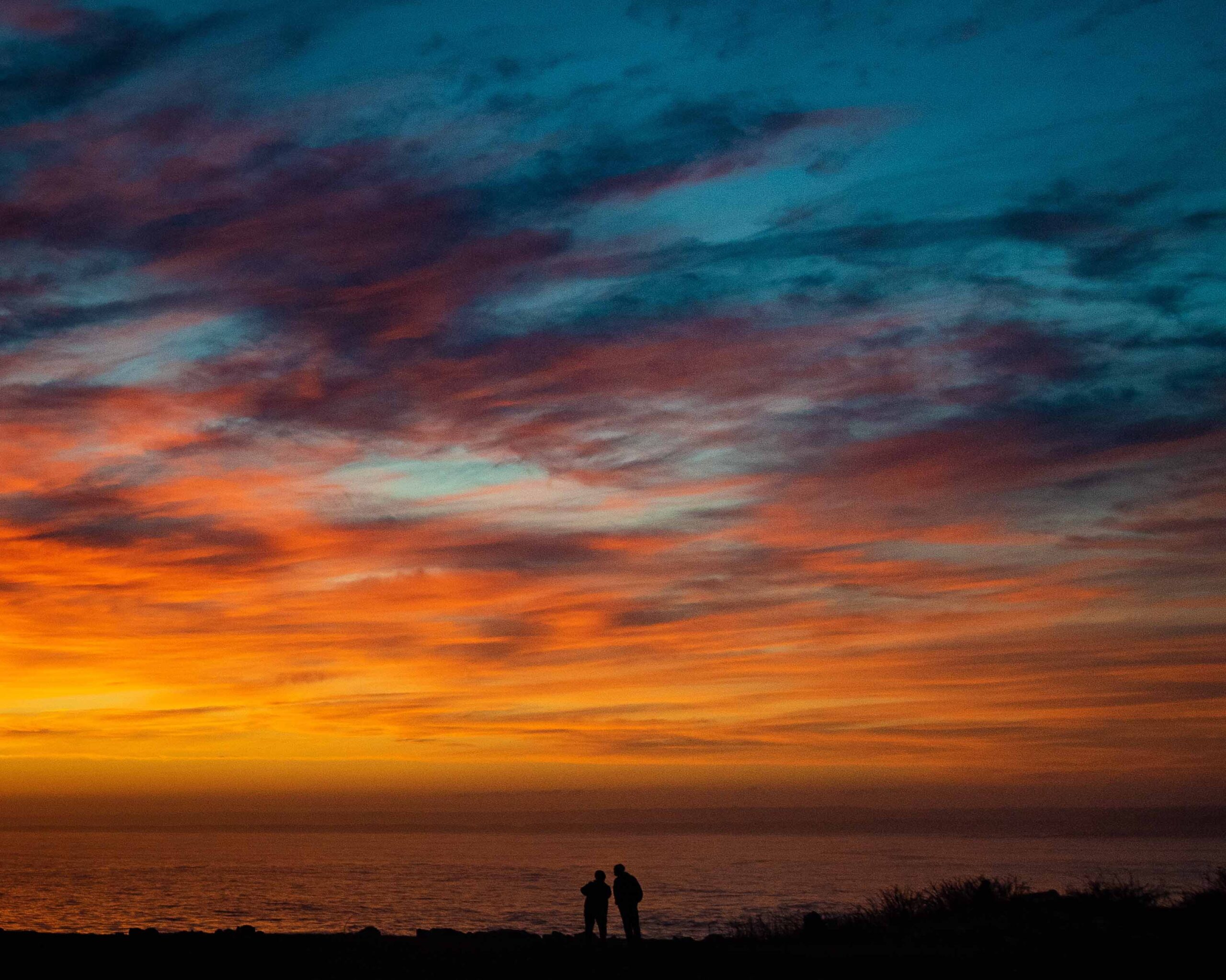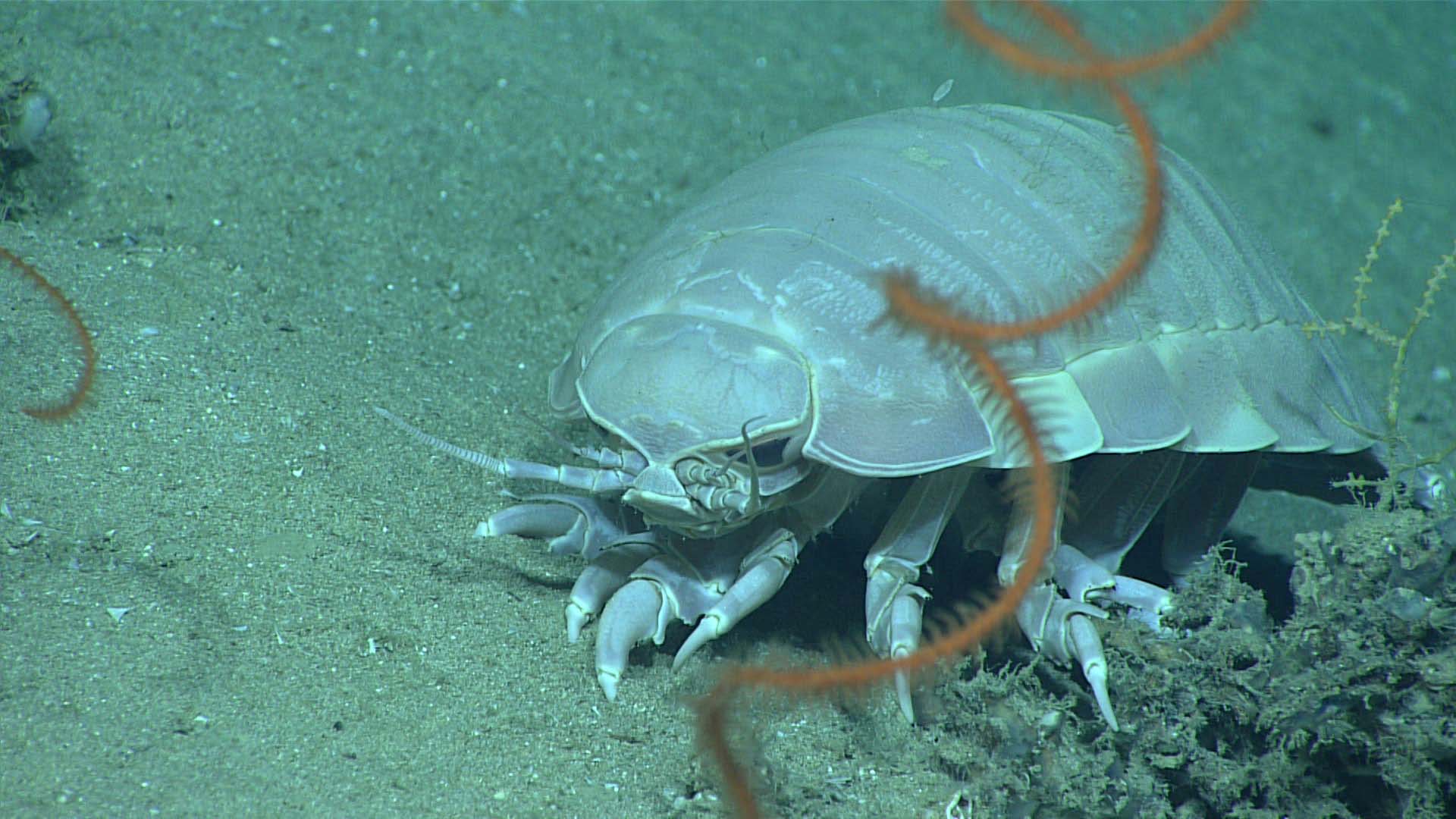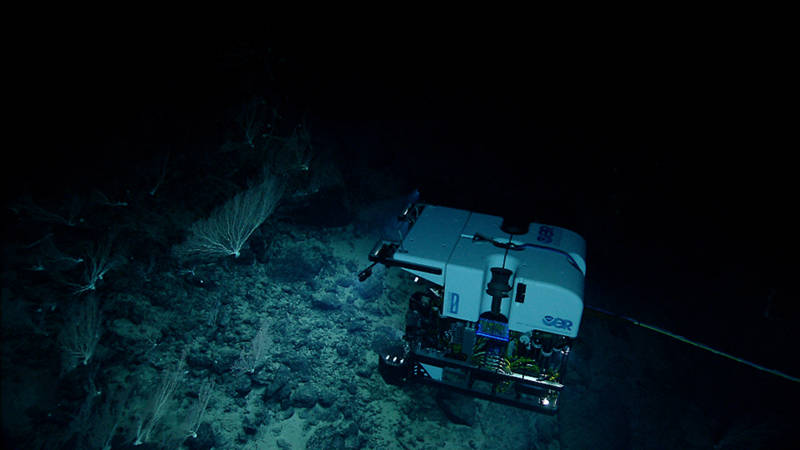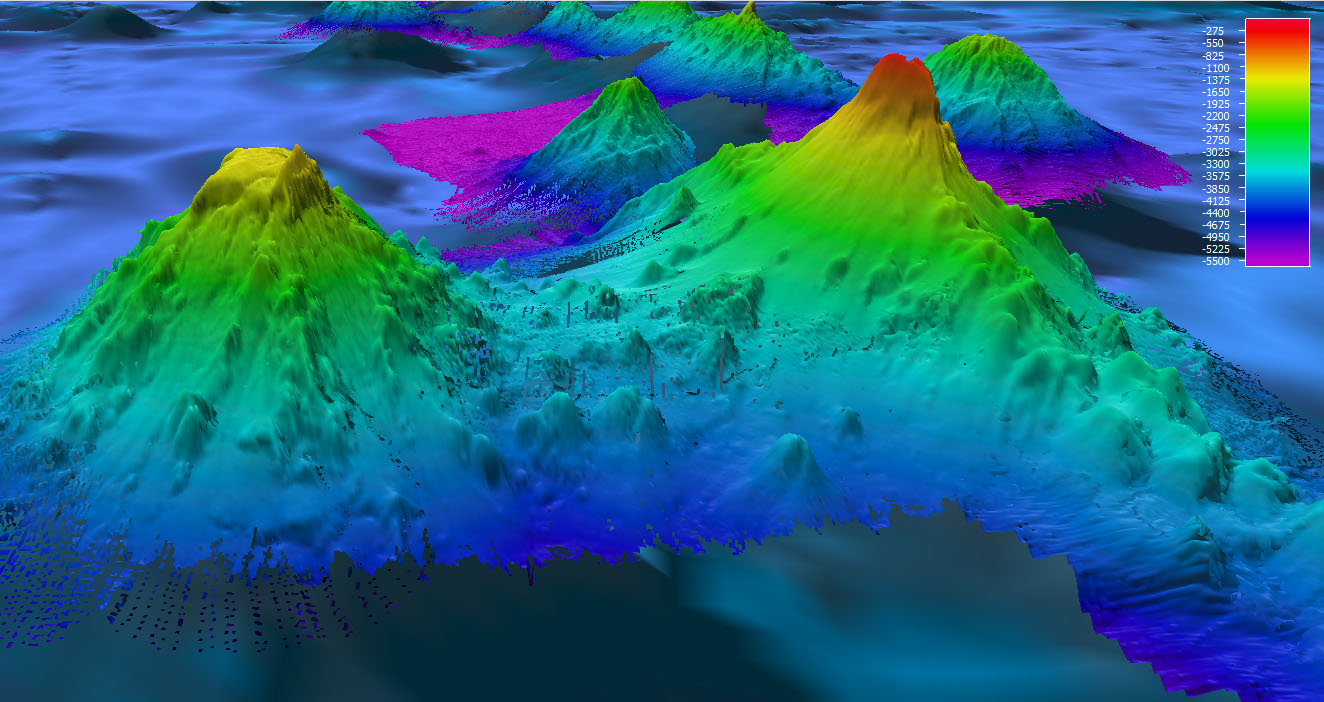What’s Really at the Bottom of Our Ocean?
Most of the seafloor is still a mystery

What’s at the bottom of the deep dark abyss that is our ocean? This centuries-old mystery has been ingrained in cultures around the world and fuels our imaginations to this day. Mermaids, giant sea monsters, ancient civilizations, ghosts, aliens—you name it, there’s some mythical, “Buzzfeed Unsolved-esque” lore about it that starts at the bottom of the sea.
So, what’s really down there? Well … the truth is no one knows! I’m not saying there’s a chance you’ll discover the Little Mermaid, Davey Jones’ Locker or the Kraken; any scientist would explain to you that there’s a boatload of evidence (or no evidence at all) that suggests any of those things are real. But until 2017, only 6% of the ocean bottom had been surveyed! We know more about the surface of the Moon and Mars than the bottom of the ocean!

The good news is the Nippon Foundation and the General Bathymetric Chart of the Oceans (GEBCO) have since been working to map the entire ocean seafloor as aligned with the United Nation’s Sustainable Development Goal #14: Conserve and sustainably use the oceans, seas, and marine resources. BBC recently did a story on their project, Seabed 2030. As their name suggests, their goal is to collect all available data to produce a complete map of the global seabed by 2030. They also want to make all of that information publically available. To date, they’ve completed about a fifth of their mission, collecting approximately 5.6 million square miles of new seabed data. For reference, the United States is about 3.8 million square miles!
As cool as it would be to discover some sort of mythical creature or sunken gold, that’s not why Seabed 2030 got started. The treasure they’re after is data. This hidden knowledge will enable us to advance our understanding of ocean circulation, tides, tsunamis, fishing resources, sediment transport, environmental changes and underwater geological hazards. This will help us more effectively plan for climate change, sustainably manage fisheries, create safer shipping routes and responsibly site underwater cables for developing projects like offshore wind farms. These industries and other businesses that add to the blue economy play a significant role in the global economy at large. In the United States alone, the blue economy annually brings in more than $300 billion—$129 billion in wages and 3 million jobs. That’s like providing jobs for the combined populations of Wyoming, Vermont, Alaska and North Dakota with more than an extra 300,000 jobs to spare!

Finding all of this data from around the world will help the entire world, but it’s not a simple process of just hopping on a boat and scanning the ocean. It’s just too vast to do alone. A global project like this needs a global effort. Much of the data added to GEBCO over the last few years didn’t require them to spend a single additional minute at sea. As it turns out, the data had already been collected by entities like foreign governments, academic institutions and private companies and kept siloed in their own databases until Seabed 2030 worked with them to share the data. There’s likely much more data out there that’s hidden not on the seafloor, but in the digital cloud.
This is not to say more novel exploration and data collection isn’t required. Ocean users just need to work together to do it. All vessels, no matter the size, can attach data loggers to their sonar and navigation equipment. Citizen science on the high seas (and on the coastlines)! This BBC article highlights the need for technological advancements and partnerships between governments, industries, academic institutions, and philanthropists to reach their goal as well. All hands on deck.
The United States is also embarking on this collaborative approach when it comes to ocean exploration and mapping. Last month, NOAA and federal partners released a National Strategy for Mapping, Exploring and Characterizing the United States Exclusive Economic Zone (EEZ) in response to the administration’s Presidential Memorandum. Similar to Seabed 2030, the goal is to leverage existing and emerging technologies with private industries, academia, non-governmental organizations and other key stakeholder groups to create a publically available map of deep water by 2030 and nearshore waters by 2040.

Space may be the final frontier but our ocean is the most pressing.
During this time of great isolation and physical distancing, it’s comforting to know that people are still able to find a way to safely communicate and collaborate in service of knowledge that will help the planet. I’m excited to see what we find deep in the ocean and how it’s going to change the way we see each other and the world.